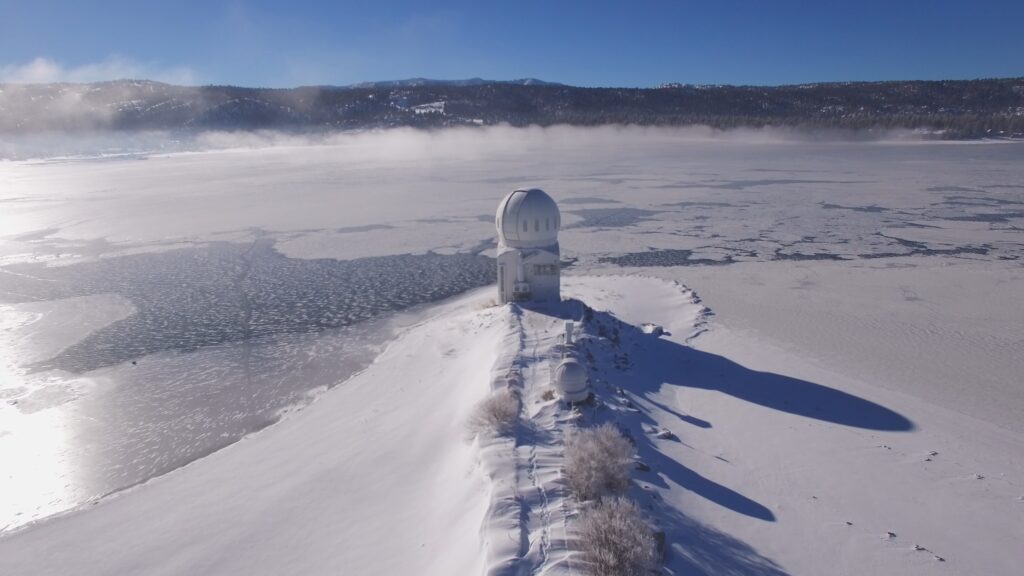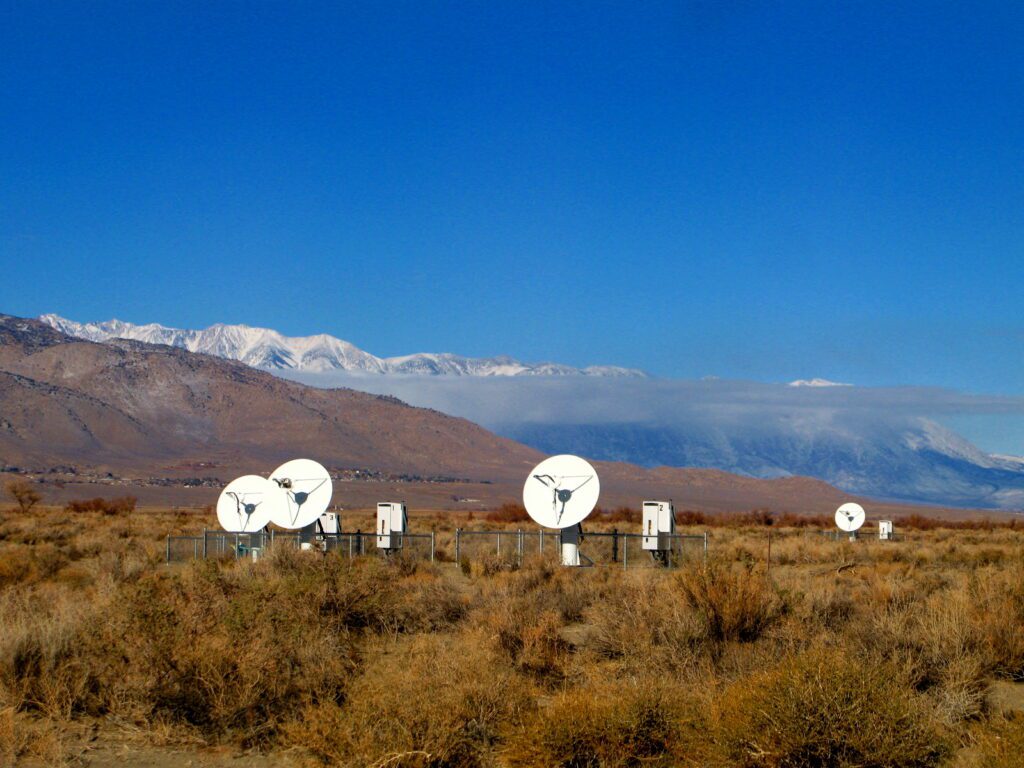Once upon a time, your curiosity about how the universe works led you to study physics. Now, with your bachelor’s degree in hand, you stand at another crossroad. Will you join the half of physics graduates applying their knowledge in engineering, computer science, or information systems? Or will you be among the 30% pursuing graduate studies in physics or astronomy? It is your chance to gain deeper, more specialised knowledge and get hands-on with real research. Plus, going to graduate school can really pay off: physics PhD graduates make an average of US$154,119 a year, while those with a bachelor’s degree earn US$97,000.
If you’re ready to embark on your own journey in research and academia, New Jersey Institute of Technology (NJIT), ranked among the US’s top 50 universities for return on tuition investment, is the place to start. It’s Department of Physics offers the ideal environment to grow as a scientist.

The Centre for Solar-Terrestrial Research (CSTR) runs the BBSO [and many other off-campus facilities]. It’s home to the only optical telescope in the world that can watch the Sun in high resolution for hours. Source: New Jersey Institute of Technology
Programmes that take your curiosity further
In the department’s graduate programmes, you’ll take the curiosity that first drew you to physics and turn it into expertise. Through research-driven learning in the physical sciences and related technologies, its programmes turn you into scientists, engineers, and thinkers who will shape the technologies of tomorrow.
The MS in Applied Physics is for you if you’ve studied physics, applied physics, or engineering and want to use that knowledge to solve real-world challenges. You’ll explore areas like optics, microelectronics, device physics, materials science, solar cells, surface science, laser physics, solar phenomena, atmospheric science, and more. Or maybe you want to go all in on research. In that case, the PhD in Applied Physics is your chance to make discoveries alongside supportive and experienced mentors.
Innovation today doesn’t happen alone. Recognising that progress depends on interdisciplinary collaboration, NJIT’s Jordan Hu College of Science and Liberal Arts (JHCSLA) and Newark College of Engineering (NCE) have joined forces to offer a joint Materials Science and Engineering programme. You’ll learn how materials are designed, tested, and applied across industries, choosing between two tracks: Materials Science and Materials Engineering. With this interdisciplinary foundation, you’ll graduate ready to shape the future in roles such as researcher, design engineer, or metallurgist at companies like TTX Company, Owens Corning, and Croda.

The EOVSA project makes its data and software tools available to everyone, works with other solar research groups around the world, and helps train new scientists. Source: New Jersey Institute of Technology
Pushing the frontiers of science
The interdisciplinary, intercollegiate spirit at NJIT extends beyond the classroom. Research is a huge part of the experience too. Here, you can work side-by-side with faculty from NJIT, Rutgers-Newark and Rutgers-New Brunswick, and UMDNJ in device physics, materials research, ultrafast optical and optoelectronic phenomena, imaging technology, surface physics, free electron laser physics, biophysics, discharge physics, solar-terrestrial physics, and applied laser physics. And through partnerships with the National Solar Observatory, Lucent Technologies Bell Labs Innovations, the US Army Research Laboratory, and more, you’ll have access to some of the most advanced research environments in the world.
NJIT research can take you anywhere as well — literally. “The Department of Physics provided me with skills and resources to perform and present research in four different countries,” says graduate Dylan Renaud. The NJIT Physics Department led instrumentation on the twin NASA Van Allen Probes mission, and operates laboratories located in Jenny Jump State Forest in New Jersey, Brookhaven National Laboratory in New York, in the Andes of Argentina and Peru, and across the Antarctic continent. Out west in California, NJIT operates two world-renowned observatories: the Big Bear Solar Observatory (BBSO) and Expanded Owens Valley Solar Observatories (EOVSA). These are home to state-of-the-art facilities. The 1.6 metre Goode Solar Telescope (GST) at BBSO obtains high-resolution views of the sun’s surface features, such as sunspots, granulation, filaments, flares, spicules, and jets. Meanwhile, EOVSA is a radio facility where scientists’ study solar activity and space weather.
All that exploration needs funding, something you don’t have to worry about with NJIT. Its solar and terrestrial physics initiative brings in more federal research support than any other programme on campus. Thanks to this support, students are building projects with real-world impact. One project even expanded a network of ham radio operators across North America to study how solar eclipses and geomagnetic storms affect Earth’s upper atmosphere. “Not many undergraduates get to work on every aspect of an instrument project like this, and we learned so much … from soldering electronics, building antennas, and troubleshooting the raspberry pi computer operating system,” said former undergraduate and now graduate student Anneliese Schmidt.
Follow New Jersey Institute of Technology on Facebook, LinkedIn, Instagram, and X











